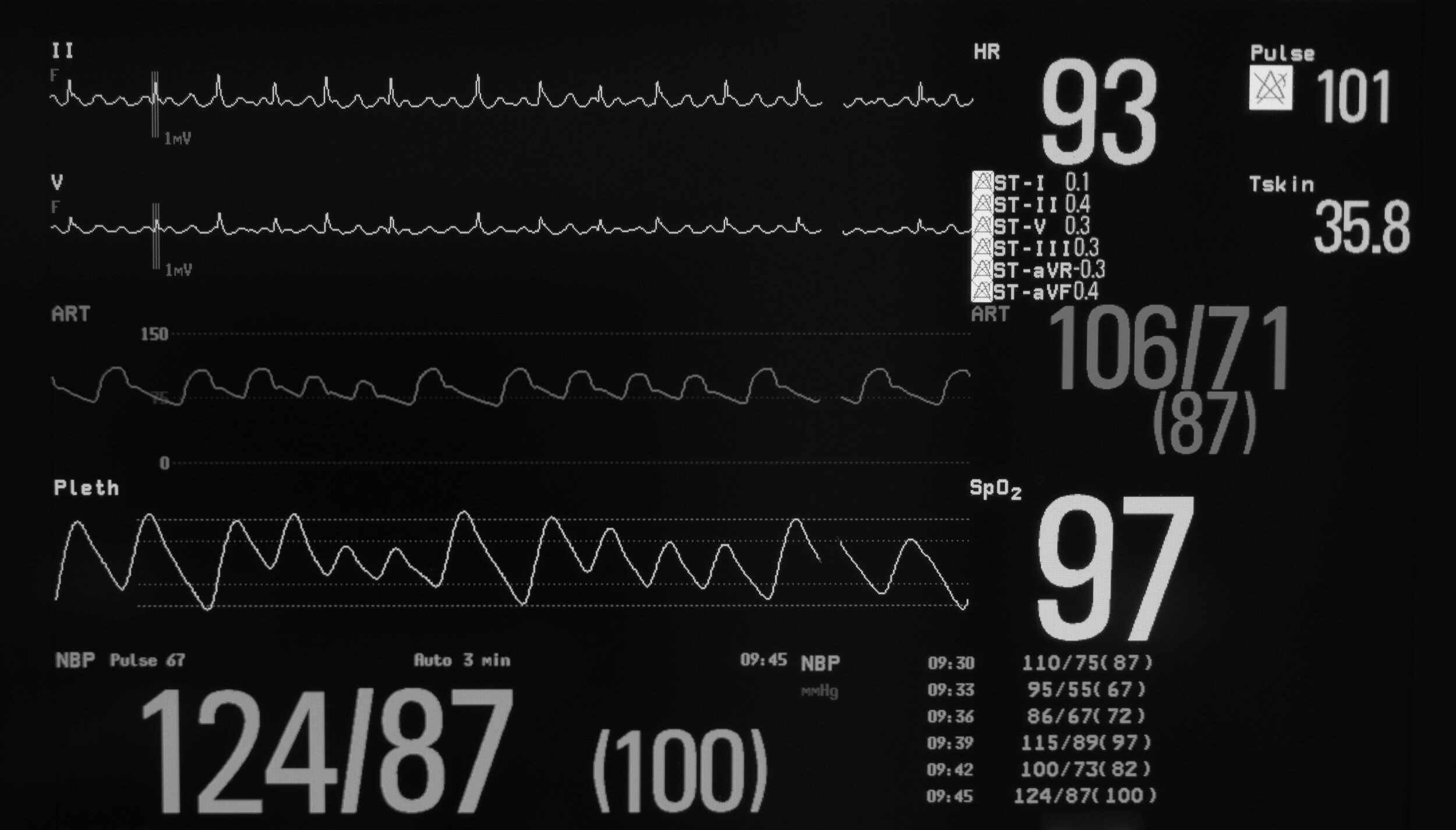
Echocardiogram Ultrasound Test
An echocardiogram (echo) is a test that uses high-frequency sound waves (ultrasound) to take pictures of your heart. The test is also called echocardiography or diagnostic cardiac ultrasound.
What is it like to have an Echocardiogram test?
You lie on a table and a technician places small metal disks (electrodes) on your chest. The disks have wires that hook up to an electrocardiograph machine that keeps track of your heartbeat during the test. Your technician puts gel on your chest to help sound waves pass through your skin. The probe (transducer) is passed across your chest. The probe produces sound waves that bounce off your heart and “echo” back to the probe.
What will an Echocardiogram detect?
An echocardiogram shows us the structure and function of the heart. It provides information on the heart pumping function and heart size. It shows us information on the heart valves and other structures in the heart. An echocardiogram also shows patterns of blood flow through the heart.
Preparing for your Echocardiogram — What do you need to do?
You don’t have to do anything special. You can eat and drink before the test like you usually would.

